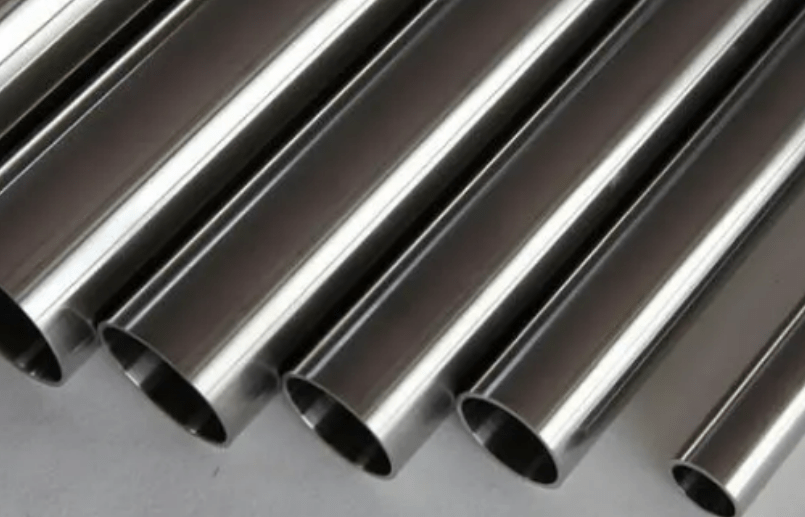Among various alloys, Alloy 400 vs Monel are two alloys that are often mentioned in the same breath due to their similar compositions and corrosion resistance properties. However, there are subtle yet significant differences between the two that must be understood to ensure their optimal use.

Alloy 400 vs Monel – What’s the Difference?
Let’s begin with a brief overview of each alloy. Alloy 400, also known as UNS N04400, is a nickel-copper alloy with a high nickel content, typically around 63% nickel and 31% copper. It is known for its excellent corrosion resistance in a range of environments, including marine and chemical processing applications. On the other hand, Monel is a trademark name for a family of nickel-copper alloys developed by the International Nickel Company. The most common variant is Monel 400, which has a similar composition to Alloy 400, but there are also other variations such as Monel K-500 that have additional elements for enhanced properties.
Now, let’s delve into the key differences between Alloy 400 vs Monel.
Firstly, although both alloys are primarily nickel-copper alloys, their specific compositions can vary slightly. While Alloy 400 has a fixed composition, Monel alloys, especially the variants like Monel K-500, may contain additional elements like aluminum and titanium. These additional elements can significantly affect the mechanical properties and corrosion resistance of the alloy.
Secondly, the mechanical properties of Alloy 400 and Monel differ. Alloy 400 exhibits good tensile strength and ductility, making it suitable for a wide range of applications. However, Monel alloys, especially the strengthened variants like Monel K-500, offer superior mechanical properties due to the addition of aluminum and titanium. These alloys have higher strength and toughness, making them ideal for applications that require greater structural integrity.
Thirdly, the corrosion resistance properties of these alloys also differ, albeit subtly. Both Alloy 400 vs Monel 400 are known for their excellent resistance to corrosion in marine and chemical environments. However, Monel alloys with additional elements may offer enhanced corrosion resistance in specific conditions. For instance, Monel K-500, with its aluminum and titanium content, may exhibit superior resistance to certain types of corrosion, particularly in reducing environments.
Lastly, the cost and availability of these alloys can also vary. Generally, Alloy 400 is more widely available and may have a more competitive price point due to its common use in various industries. Monel alloys, especially the specialized variants, may be more expensive due to their unique compositions and enhanced properties.
Conclusion
In conclusion, while Alloy 400 and Monel share similarities in their nickel-copper composition and corrosion resistance properties, there are distinct differences in their specific compositions, mechanical properties, corrosion resistance, and cost. Understanding these differences is crucial for selecting the most suitable alloy for a particular application.
Thank you for reading our article and we hope it can help you to have a better understanding of the differences between Alloy 400 vs Monel. If you are looking for Monel Alloy suppliers online now, we would advise you to visit Huaxiao Alloy.
As a leading supplier of Monel Alloys from Shanghai China, Huaxiao Alloy offers customers high-quality Monel Alloy products at a very competitive price.



